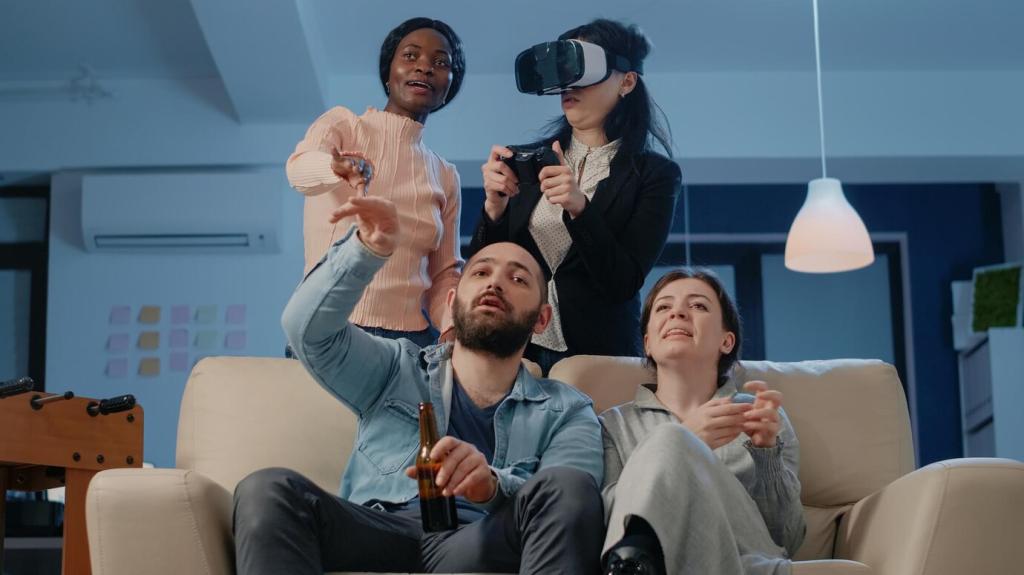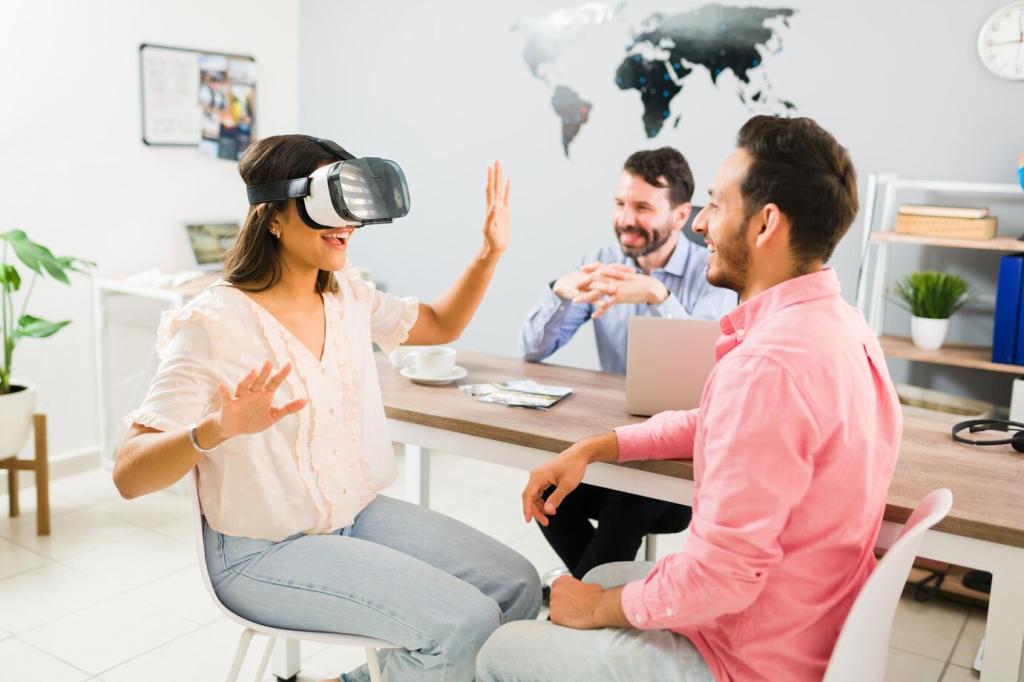
Immersive Journeys: Virtual Reality as a Tool for Cultural Education
Chosen theme: Virtual Reality as a Tool for Cultural Education. Step into living history, languages, and traditions with immersive stories that spark curiosity and empathy. Explore how VR opens doors to heritage across borders—then join the conversation, share your experiences, and subscribe for ongoing cultural explorations.
Why Immersion Changes How We Learn Culture
In virtual reality, learners stand inside stories: a procession passes, drums echo, and architecture towers overhead. This sense of presence fosters recall and curiosity, making cultural details stick. Comment with the cultural scene you wish you could step into and remember forever.
Why Immersion Changes How We Learn Culture
VR brings distant sites and traditions to any classroom, library, or living room. Learners who cannot travel can still visit heritage sites, hear local voices, and observe rituals respectfully. Which place would you explore first, and why does it matter to your learning journey?
Why Immersion Changes How We Learn Culture
Cultural experiences in VR can be paused, replayed, and studied from multiple perspectives without crowding or risk. Students can return to complex scenes, notice new details, and ask better questions each time. Subscribe for future guides to scripting repeatable cultural walkthroughs.


Bringing VR into Classrooms and Workshops
Begin with outcomes: language exposure, artifact interpretation, or empathy for heritage stewards. Then choose experiences and headsets that fit goals and constraints. Align activities with standards and local culture. What objective would you target first, and how would you measure success?
Bringing VR into Classrooms and Workshops
The headset comes off, the learning continues: journals, discussions, sketches, and timelines anchor experience into understanding. Encourage students to compare VR impressions with primary sources. Share your favorite reflection prompt below, and we may feature it in a future cultural VR toolkit.
Museums, Libraries, and Archives: Partnering for Impact
Co-curated Content with Communities
Invite tradition bearers, educators, and teens to plan each scene: what to show, what to explain, and what to leave private. Co-curation increases accuracy and respect. Have you tried a community storyboard session? Share your process and lessons learned in the comments.
Licensing, Attribution, and Respect
VR needs clear rights, credits, and cultural protocols. Ensure informed consent, proper attribution, and guidance on sacred or sensitive content. Build ethical checklists into production. What questions should appear on a cultural consent form? Add your suggestions to strengthen shared practice.
Pop-Up Try VR Evenings
Host short, welcoming sessions where visitors try cultural experiences and give feedback. Include interpreters, quiet spaces, and printed context. Capture insights to refine narration and pacing. Want our facilitation template? Subscribe and comment “template” to receive future community-ready resources.

Use gentle cues—bells, lighting, or a guide’s gesture—to draw attention without forcing a path. Offer optional side stories for deeper dives. This keeps cultural experiences respectful and focused. Which cue would you use to direct attention at a bustling heritage site?
Storycraft for Cultural VR

Anecdotes from the Field
A rural class explored a virtual street festival, pausing to compare rhythms with local music traditions. Later, students interviewed family members about similar celebrations. The teacher reported livelier discussions and more thoughtful questions. What pre-visit activities would you add to deepen that experience?
A family recorded a loom demonstration, with the grandmother narrating patterns and meanings. Students slowed the footage to count steps and practice vocabulary. The family kept ownership and set viewing guidelines. How might you safeguard intimate cultural moments while still enabling learning?
Learners explored a photogrammetry model of a historic market, tagging stalls with oral histories. A local vendor recognized an ancestor in an old photo and contributed new context. If your town had a similar model, what stories would you add, and who would you invite?

Evidence and Evaluation
Educators report that learners recall spatial details and cultural sequences after VR, especially when reflection is structured. Pair quick quizzes with open prompts to assess understanding and application. What evidence would convince your stakeholders that cultural VR supports lasting learning?
Evidence and Evaluation
VR can spark perspective-taking, but measurement should be humble and contextual. Use journaling, interviews, and behavior observations rather than only scales. How would you define respectful outcomes for cultural empathy in your community or classroom setting?


